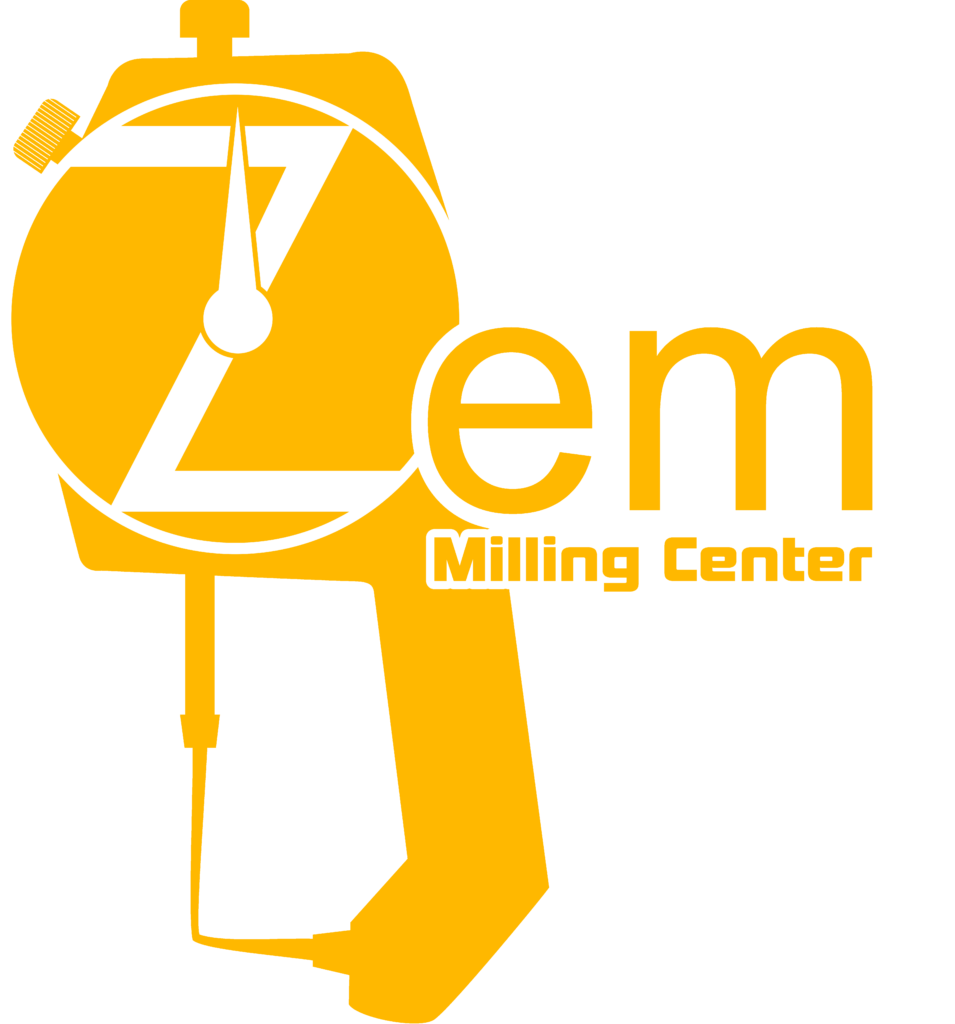Varicose capillaries are an usual condition that influences numerous individuals worldwide. While the slender quick como tomarloy are typically seen as an aesthetic problem, varicose capillaries can in some cases show a more major underlying concern. In this short article, we will check out the risk aspects and symptoms connected with varicose capillaries to help you comprehend when it is time to look for clinical interest.
What are Varicose Veins?
Varicose blood vessels are enlarged, twisted capillaries that usually show up on the legs. They happen when the valves within the blood vessels end up being weak or harmed, triggering blood to stream backward and pool in the capillaries. This results in the particular protruding and twisted appearance of varicose veins.
While any individual can develop varicose veins, specific aspects raise the possibility of their incident. Recognizing these threat elements can aid you figure out if your varicose blood vessels call for clinical focus.
Risk Factors for Varicose Veins
Numerous factors add to the development of varicose veins:
- Age: Varicose veins are a lot more common in older adults due to the natural deterioration of veins in time.
- Sex: Females are most likely to establish varicose veins, generally as a result of hormonal adjustments during pregnancy and menopause.
- Household Background: If your moms and dads or grandparents had varicose blood vessels, you have a greater risk of creating them.
- Weight problems: Excess weight puts extra pressure on the blood vessels, making them a lot more vulnerable to coming to be varicose.
- Inactive Way Of Living: Absence of physical activity can compromise blood vessel walls and impair flow.
- Occupation: Jobs that diabextan nedir ne işe yarar entail prolonged standing or sitting can enhance the danger of varicose capillaries.
If you have one or more of these danger variables, it is very important to check your capillaries for any kind of indicators of varicose veins.
Symptoms of Varicose Veins
Varicose blood vessels are commonly very easy to detect, as they look like bulging, twisted blood vessels underneath the skin. Nonetheless, they can additionally cause the following signs:
- Aching or heaviness in the damaged area
- Swelling, especially after long term durations of standing or resting
- Burning or pain sensation in the legs
- Itching around the blood vessels
- Pains or troubled legs, especially during the night
- Skin discoloration or ulcers in extreme cases
While these signs and symptoms may not always indicate a severe issue, it is important to pay attention to them, specifically if they aggravate gradually. Consistent discomfort, swelling, or skin changes may signify a hidden problem that requires medical focus.
When to Seek Medical Interest
If you have varicose blood vessels with any one of the adhering to indicators or signs, it is recommended to speak with a health care professional:
- Pain or discomfort that interferes with daily activities
- Swelling or inflammation in the damaged leg
- Open up sores or abscess on the leg
- Hemorrhaging from the varicose capillaries
- Adjustments in skin structure, such as thickening or swelling
A clinical assessment can determine the intensity of your varicose blood vessels and eliminate any type of hidden conditions that might need therapy.
Therapy Choices for Varicose Veins
The good news is, a number of treatment options are offered for varicose capillaries, varying from conservative actions to minimally invasive procedures:
- Way Of Life Adjustments: Regular exercise, keeping a healthy weight, and elevating your legs can aid relieve symptoms and protect against varicose veins from aggravating.
- Compression Panty hose: These specifically designed stockings apply pressure to the legs, promoting far better blood circulation and reducing pain.
- Sclerotherapy: An usual treatment for small varicose blood vessels and crawler blood vessels, sclerotherapy entails injecting a service right into the impacted capillaries, creating them to close and at some point fade.
- Endovenous Laser Treatment (EVLT): This minimally invasive treatment makes use of laser energy to seal the impacted blood vessels, rerouting blood flow to healthier blood vessels.
- Surgical Interventions: In severe situations, procedures such as capillary stripping or ligation might be needed to get rid of or shut off harmed veins.
Your healthcare provider will analyze your problem and suggest the most appropriate therapy alternative based on your specific needs.
To conclude
While varicose veins are frequently safe, recognizing the threat elements and signs and symptoms related to them is essential for identifying when medical focus is necessary. If you experience persistent pain, swelling, or various other concerning signs and symptoms, seek advice from a health care specialist for an examination and proper treatment options. Bear in mind, very early treatment can help avoid problems and enhance your overall quality of life.
